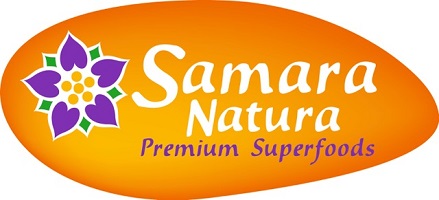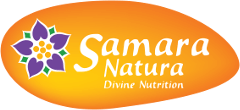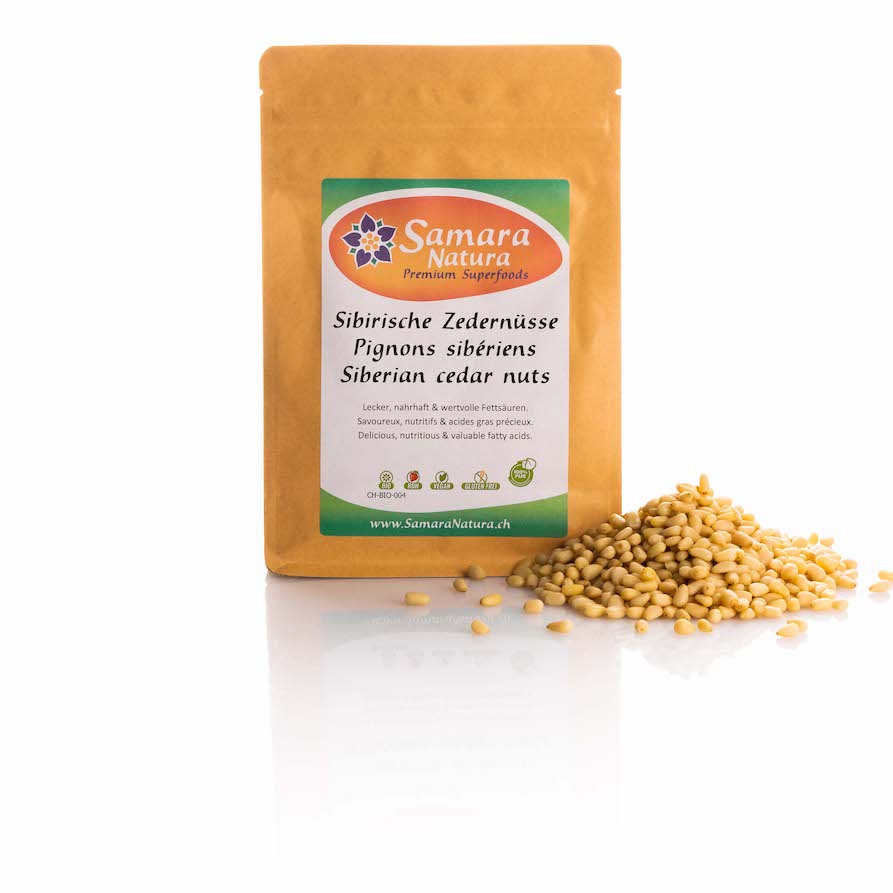| Quantity | Unit price | Base price |
|---|---|---|
| To 2 |
CHF 13.16*
CHF 18.80*
(30% saved)
|
CHF 2.63* / 100 Gramm |
| From 3 |
CHF 12.50*
CHF 17.86*
(30.01% saved)
|
CHF 2.50* / 100 Gramm |
Available again soon, see product description for details
Product information "Wild Apricots with Stone organic"
Organic tree-dried whole apricots with stone from wild collections
Update: Sale of the last bags with 30% discount. The best before date is 31.03.2025. The wild apricots will be discontinued after this date. We can no longer procure them as our supplier has gone bankrupt.
The tree-dried apricotsfrom Uzbekistan (formerly known as "Hunza apricots") contain the stone pit. It is therefore important to chew the apricots very carefully.
These Hunza apricots (wild apricots with stone) come from Uzbekistan, not from Pakistan as usual due to supply bottlenecks. These apricots come from wild apricot trees and are harvested by small farmers and sun-dried as whole fruit.
The Hunzukuc are known as one of the healthiest peoples in the world, who still maintain a traditional way of life. Wild apricots and their kernels are part of their daily diet, and the oil from the kernels is also widely used in Hunzukuc cuisine.
Like all nuts, Hunza apricot kernels are very nutritious.
The dried fruit itself tastes delicious and is particularly rich in vitamin A, iron, potassium and fibre.
Why we love Hunza apricots
These dried wild apricots are very flavourful, delicious and a great snack.
SamaraNatura Hunza apricots
These wild apricots with stone come from Uzbekistan, not from the Hunza Valley in Pakistan due to supply bottlenecks. They come from wild apricot trees and are harvested by small farmers and sun-dried as whole fruit. They are unsulphurised and contain no additives. In Austria, the apricots are pressure-destemmed as standard, whereby the combination of pressure and time guarantees absolute freedom from pests.
Hunza apricots grow in the northern part of Pakistan, around 2200 metres above sea level. These areas are almost free of environmental pollution and the plantations are irrigated with spring and snow water. The apricots are harvested by hand and dried in the sun.
Wild apricots can be found everywhere in the Hunza Valley. Small farmers, each with 5 to 20 trees, have formed groups. The number of wild apricot trees a farming family has in the region is an indication of how well they are doing economically.
Use
The apricot is eaten first and, if desired, after cracking the stone, the stone is eaten. Soaked in water, apricots can also be added to muesli and smoothies or made into a dessert.
Note: The EFSA recommends consuming a maximum of 1-2 apricot kernels per day.
Nutritional values of organic Hunza apricots (fruit and stone) per 100g
Energy value 1248kJ/298kcal,
Fat/ 11.7g,
of which saturated fatty acids 1g,
Carbohydrates 35.3g,
of which sugar 10.7g,
fibre 7.5g,
protein 9g,
Vitamin C 31mg (38% of the recommended daily dose/ Apport journ. recommandé).
All information is subject to the usual fluctuations of natural products.
Login









